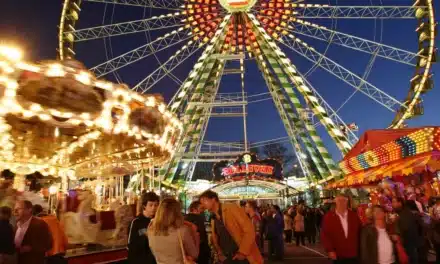The Czech-Bavarian state exhibition, a joint project of the National Museum and the Haus der Bayerischen Geschichte, builds on the exhibition in Regensburg, but also features Baroque treasures from the collections of the National Museum and from Czech and foreign lenders.
The rare exhibition of unique works of art, which is divided into six thematic units, breaks with stereotypical ideas about the Baroque as a time of darkness and political conflict and emphasizes the epochal upswing that presents both countries as a common cultural space linked by mutual inspiration.
The History of the Baroque in the National Museum is an exhibition of outstanding works of art that presents both countries, Bohemia and Bavaria, as part of a unified Baroque cultural area in Central Europe. The exhibition is divided into six thematic sections in four halls of the National Museum's Historical Building.

National Museum Prague: Baroque in Bavaria and Bohemia © National Museum Prague
In the 17th and 18th centuries, there were far-reaching social, economic and, of course, political relations between Bohemia and Bavaria. However, things were not always idyllic. In 1620, Duke Maximilian I of Bavaria helped the Habsburg Emperor put down an uprising by the Bohemian estates, earning himself an electoral hat in the process. In 1741, Maximilian's great-grandson, Charles Albert, marched into Prague with the French army and had himself proclaimed the new King of Bohemia. This episode symbolically ended the Baroque period in relations between the two countries.
December 8, 2023 to May 8, 2024





















